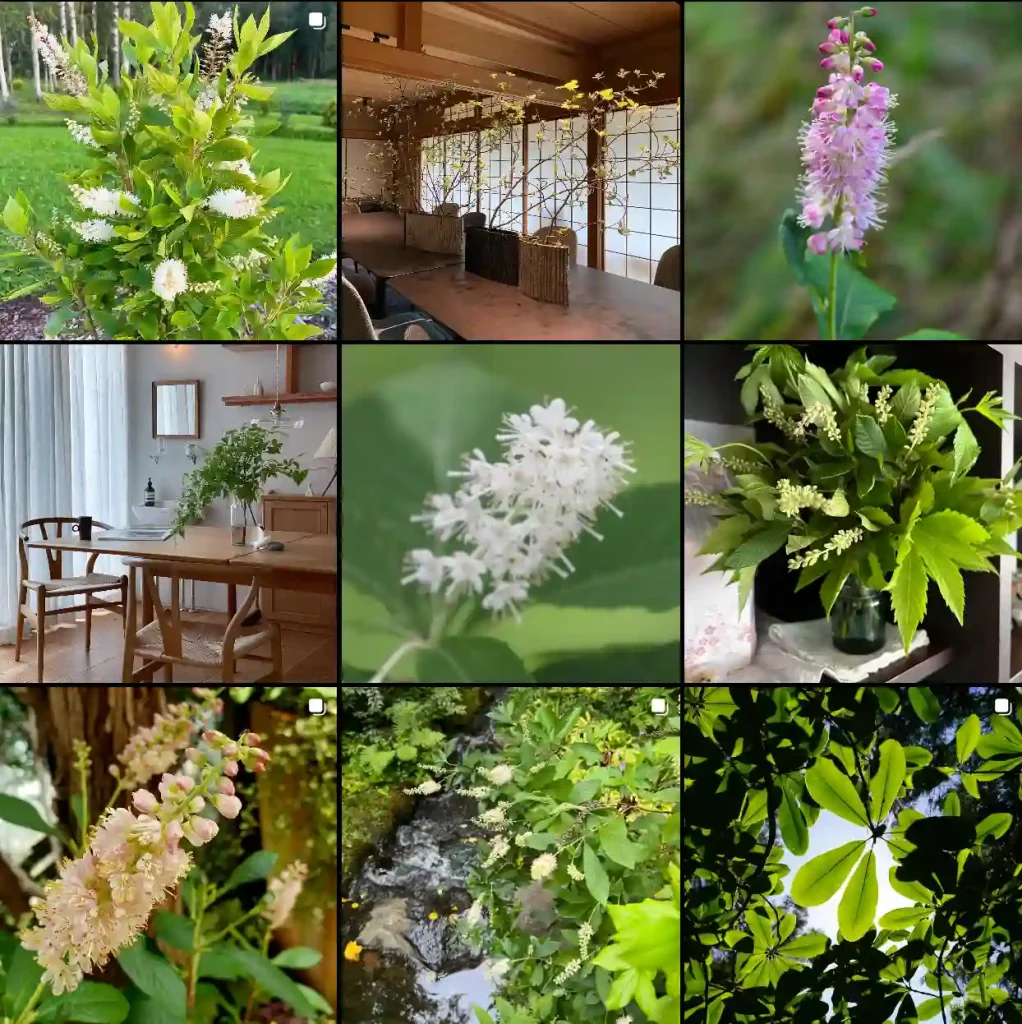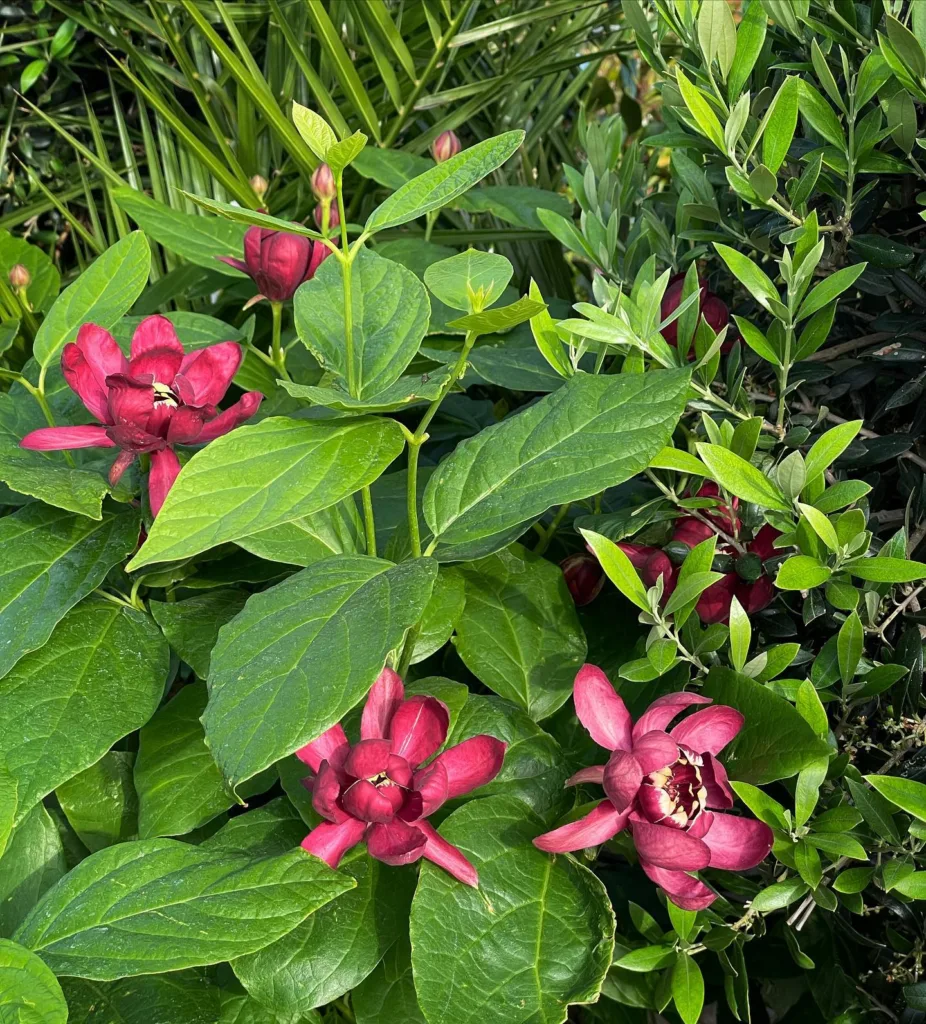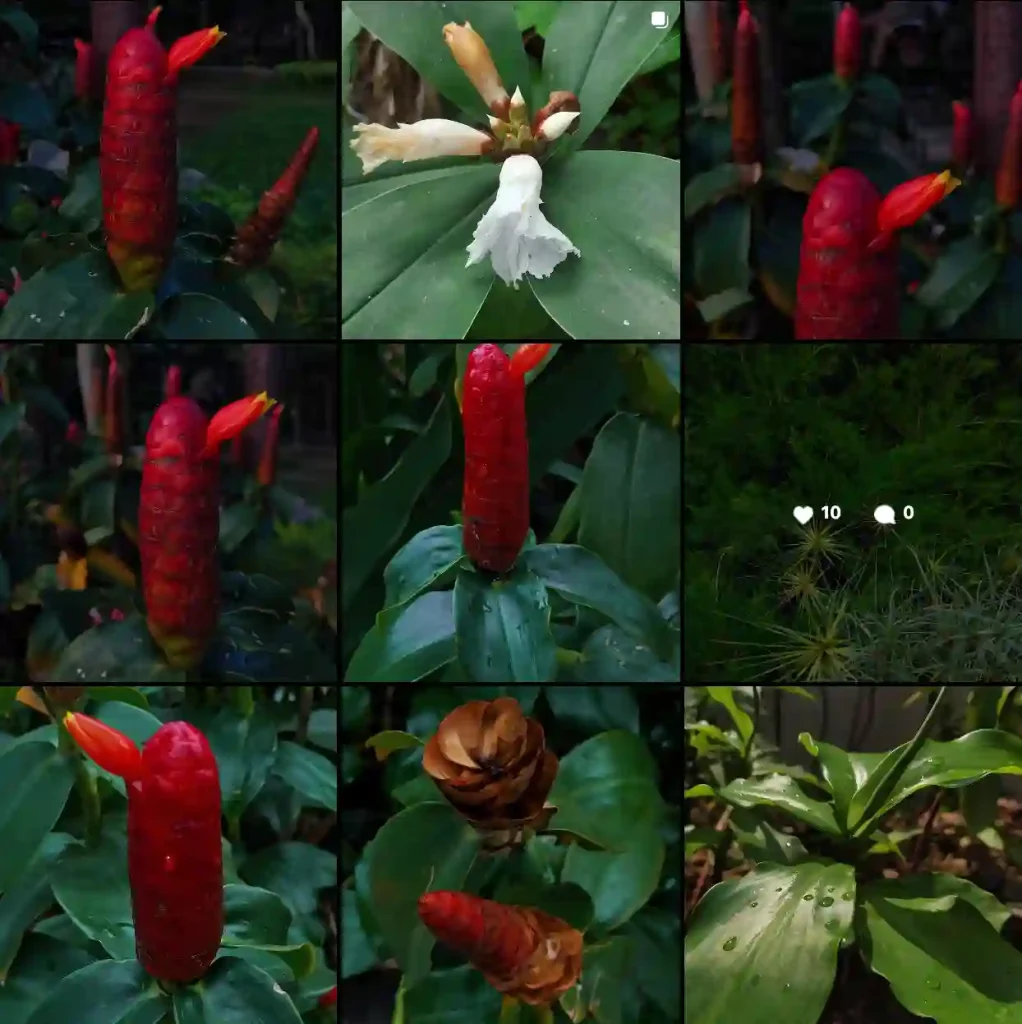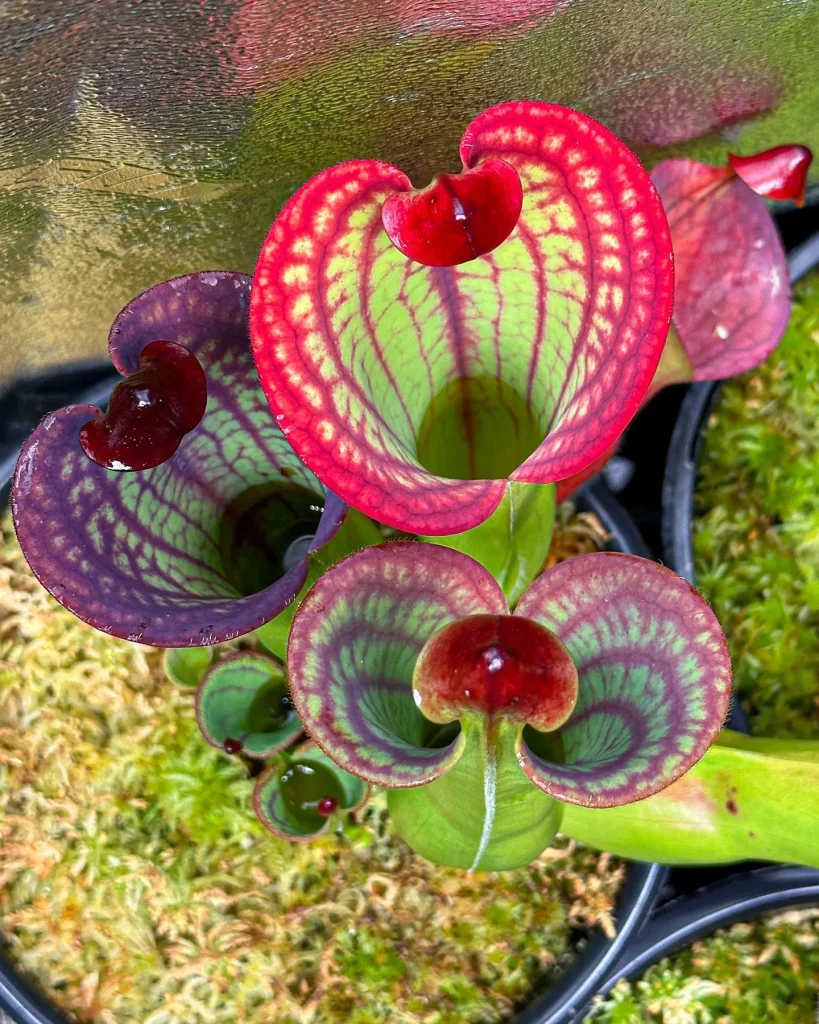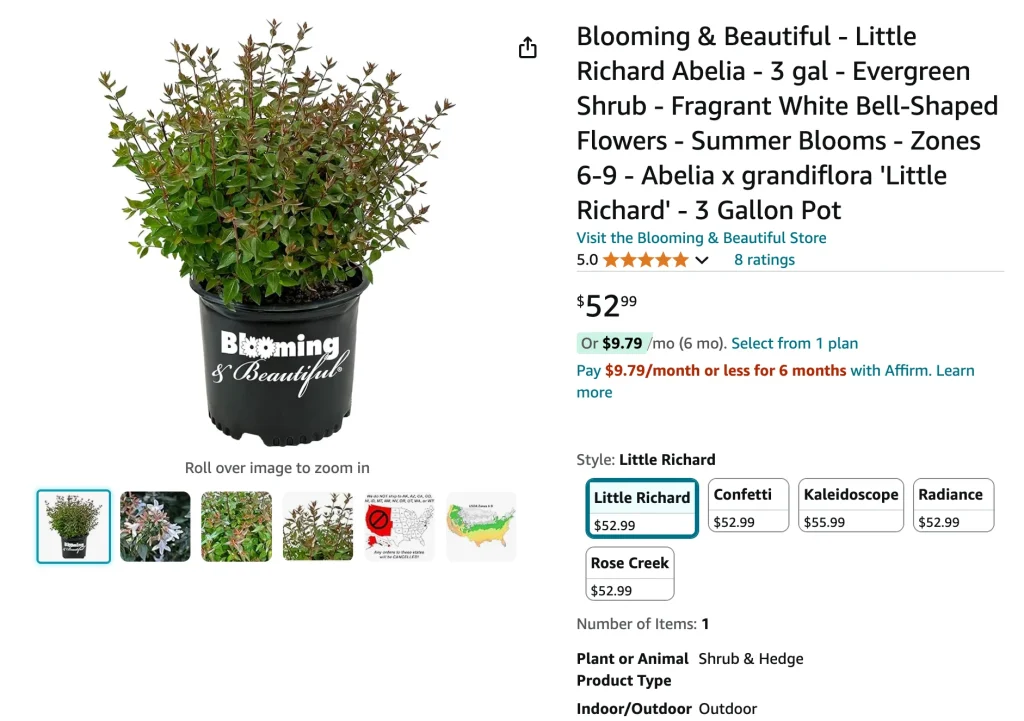
Frequently Asked Questions About Little Richard Abelia
When I first came across Little Richard Abelia, I was instantly drawn to its charming appearance and vibrant blooms. Over time, I’ve learned quite a bit about this lovely shrub, and I’m excited to share some of the most common questions and answers about it.
6 Species in Genus Abelia
What Is Little Richard Abelia?
Little Richard Abelia (Abelia × grandiflora ‘Little Richard’) is a compact evergreen shrub known for its glossy leaves and abundant, fragrant blooms. It features small, white to pale pink flowers that appear from late spring to fall. The plant’s attractive foliage and persistent blooms make it a popular choice for landscaping.
How Tall Does Little Richard Abelia Grow?
One of the reasons I appreciate Little Richard Abelia is its manageable size. Typically, it grows to about 2 to 3 feet tall and wide, making it ideal for smaller gardens or container planting. Its compact nature means it won’t overwhelm your space, yet it still provides a substantial visual impact with its rich foliage and flower display.
How to Care for Little Richard Abelia?
Caring for Little Richard Abelia is relatively straightforward. Here’s a basic rundown of what you need to do to keep it healthy and thriving:
- Sunlight: It prefers full sun to partial shade. While it can tolerate some shade, it blooms best with ample sunlight.
- Soil: Well-drained soil is crucial. It can handle a variety of soil types but thrives in slightly acidic to neutral pH.
- Watering: Regular watering is essential, especially during dry spells. However, be careful not to overwater as this can lead to root rot.
- Fertilization: A balanced, slow-release fertilizer applied in early spring will support healthy growth and blooming.
How to Prune Little Richard Abelia?
Pruning Little Richard Abelia is key to maintaining its shape and promoting dense growth. Here’s a step-by-step guide:
- Timing: The best time to prune is after the flowering period, typically in late fall or early spring.
- Tools: Use sharp, clean pruning shears to make precise cuts.
- Process: Remove any dead or damaged branches first. Then, trim back any overgrown stems to maintain a tidy shape. Be careful not to cut too much, as this can reduce blooming.
Where Can I Purchase Little Richard Abelia?
If you’re looking to add Little Richard Abelia to your garden, there are several options for purchasing it:
- Local Nurseries: Many garden centers and nurseries stock this variety, especially in regions where it thrives.
- Online Retailers: Websites like Amazon, Etsy, and specialized plant retailers offer Little Richard Abelia. Be sure to check reviews and seller ratings to ensure you’re getting a healthy plant.
- Specialty Growers: Some online nurseries specialize in shrubs and may offer a broader selection of Abelia varieties.
How to Propagate Little Richard Abelia?
Propagation of Little Richard Abelia can be done through cuttings. Here’s how I do it:
- Timing: Late summer to early fall is ideal for taking cuttings.
- Cuttings: Select healthy, non-flowering stems about 4-6 inches long. Remove the lower leaves and dip the cut end in rooting hormone.
- Planting: Insert the cuttings into a pot filled with well-draining soil. Keep the soil moist and place the pot in a warm, bright location.
- Transplanting: Once the cuttings have developed a strong root system, they can be transplanted into their permanent location.
What to Plant With Little Richard Abelia?
Pairing Little Richard Abelia with complementary plants can enhance your garden’s aesthetic. Some great companions include:
- Daylilies: Their vibrant flowers and similar care requirements make them a perfect match.
- Lavender: The contrasting textures and colors work well together, and lavender’s drought tolerance complements Abelia’s needs.
- Hostas: For shaded areas, hostas provide a lush, contrasting foliage that pairs nicely with Abelia’s glossy leaves.
Can You Grow Little Richard Abelia Indoors?
While Little Richard Abelia is primarily an outdoor plant, it can be grown indoors in a large container if provided with sufficient light and space. Ensure it receives at least 6 hours of bright, indirect sunlight and keep an eye on humidity levels to mimic its natural environment.
Is Little Richard Abelia Toxic?
Little Richard Abelia is non-toxic to both humans and pets, making it a safe choice for family gardens. However, as with any plant, it’s wise to keep young children and pets from chewing on it.
Benefits of Little Richard Abelia
This shrub offers several benefits:
- Aesthetic Appeal: Its attractive flowers and glossy foliage add beauty to any garden.
- Low Maintenance: It requires minimal care compared to other shrubs.
- Versatility: Suitable for various garden styles and conditions, including containers.
Common Problems with Little Richard Abelia
Though it’s generally hardy, Little Richard Abelia can face a few issues:
- Pests: Watch out for aphids and spider mites. Regular inspection and insecticidal soap can manage these pests.
- Disease: Root rot can occur if the soil is too wet. Ensure proper drainage to avoid this problem.
Compare with Other Similar Shrubs
If you’re considering alternatives, compare Little Richard Abelia with:
- Abelia × grandiflora ‘Kaleidoscope’: Offers a more colorful foliage but may require slightly different care.
- Hebe: A compact shrub with similar care needs but differs in flower appearance.
I hope this guide helps you with your Little Richard Abelia journey. Whether you’re just starting out or looking to improve your existing setup, this shrub is a delightful addition to any garden.
If i die, water my plants!
